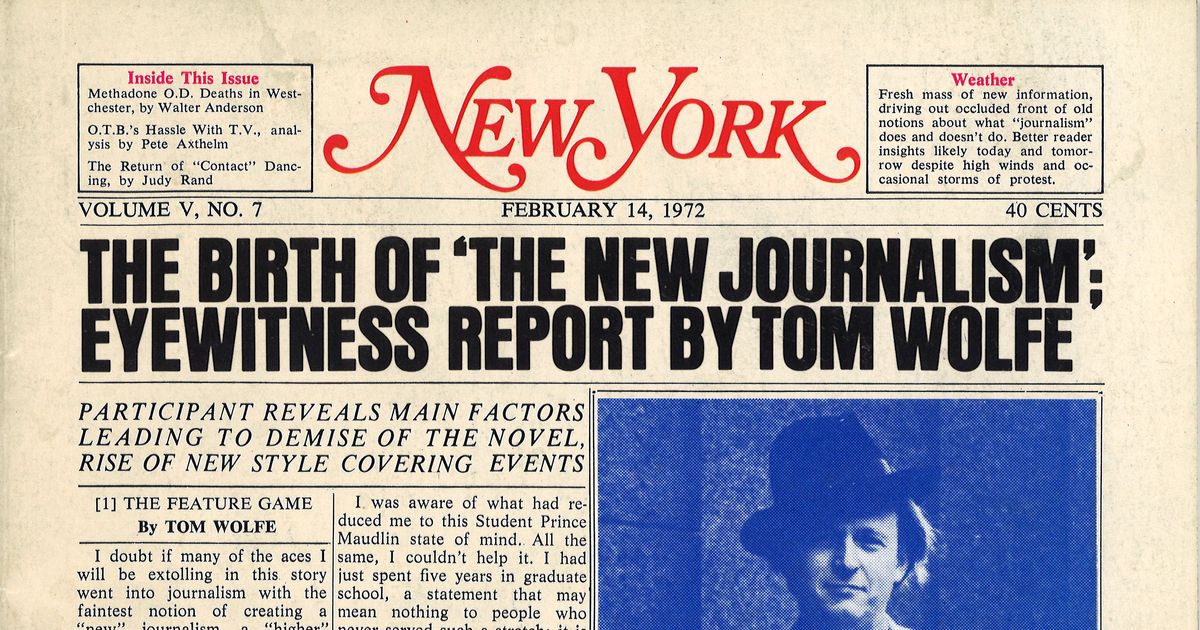Fascination About News Articles
Table of ContentsThe News Articles Diaries3 Easy Facts About News Articles DescribedA Biased View of News ArticlesExamine This Report on News ArticlesThe Main Principles Of News Articles
Excellent understanding of various subjects gives pupils an one-upmanship over their peers. Although digital and social media sites are conveniently available, we need to not forget exactly how crucial it is to read the papers. Parents should attempt and inculcate the behavior of checking out a newspaper as a day-to-day routine to proceed the tradition of the revered print tool.Information tales also consist of at the very least one of the adhering to vital qualities loved one to the desired audience: proximity, prominence, timeliness, human rate of interest, oddity, or repercussion.
Within these restrictions, newspaper article also aim to be thorough. Nonetheless, various other factors are entailed, some stylistic and some originated from the media type. Among the bigger and extra highly regarded newspapers, fairness and balance is a major consider presenting information. Discourse is normally constrained to a different area, though each paper might have a various overall angle.
Newspapers with an international target market, for instance, often tend to make use of a more formal design of writing. News Articles.; usual style guides include the and the United States Information Style Book.
Some Known Incorrect Statements About News Articles
Generally, journalists will not make use of a long word when a short one will do. They make use of subject-verb-object construction and dazzling, active prose (see Grammar). They use anecdotes, instances and metaphors, and they hardly ever depend on generalizations or abstract concepts. News authors attempt to prevent making use of the exact same word greater than once in a paragraph (in some cases called an "echo" or "word mirror").
However, headings occasionally omit the subject (e.g., "Leaps From Watercraft, Catches in Wheel") or verb (e.g., "Feline woman fortunate"). A subhead (likewise subhed, sub-headline, subheading, caption, deck or dek) can be either a secondary title under the primary heading, or the heading of a subsection of the write-up. It is a heading that precedes the major text, or a team of paragraphs of the primary text.

Extra billboards of any of these kinds may show up later in the short article (especially on succeeding web pages) to tempt more analysis. Such signboards are likewise utilized as reminders to the write-up in other sections of the magazine or site, or as promotions for the item in other publication or websites. Normal structure with title, lead paragraph (recap in strong), other paragraphs (details) and call info.

Example of a hard-lead paragraph NASA is suggesting one more room task. The agency's budget plan request, announced today, consisted of a plan to send an additional mission to the Moon. This moment the firm wants to develop a long-lasting center as a jumping-off place for various other area adventures. The budget requests approximately $10 billion for the project.
The NASA news came as the agency asked for $10 billion like it of appropriations for the task. An "off-lead" is the 2nd crucial front page news of the day. The off-lead shows up either in the top left edge, or straight below the lead on the. To "bury the lead" is to start the short article with background details or information of additional value to the readers, forcing them to find out more deeply into a post than they must need to in order to uncover the essential points.
News Articles Fundamentals Explained
Usual usage is that or more sentences each create their own paragraph. Reporters usually define the organization or framework of a news tale as an inverted pyramid. The necessary and most fascinating aspects of a story are placed at the beginning, with supporting information complying with in order of reducing importance.
It enables individuals to discover a subject to only the depth that their inquisitiveness takes them, and without the imposition of information advice or subtleties that they can think about pointless, but still making that info readily available to much more interested viewers. The inverted pyramid structure also enables articles to be trimmed to any approximate size throughout design, to suit the room offered.
Some authors begin their tales with the "1-2-3 lead", yet there are several kinds of lead offered. A kicker can refer to multiple things: The last tale in the news program; a "satisfied" tale to end the program.
Longer short articles, such as publication cover short articles and the content items that lead the inside sections of a paper, are referred to as. Attribute stories vary from straight information in numerous means. Foremost is the absence of a straight-news lead, the majority of the moment. Rather of using the significance of a tale in advance, feature writers might attempt to draw visitors in.
The Main Principles Of News Articles
The reporter often information communications with interview subjects, making the piece more personal. A feature's initial paragraphs commonly associate an appealing minute or event, as in an "anecdotal lead". From the particulars of an individual or episode, its view swiftly broadens to generalizations regarding the tale's topic. The section that signifies what a feature has to do with is called the or billboard.

The Editor's Tool kit: A Reference Guide for Beginners and Professionals (2001) Allan M. Siegal and William G. Connolly. The New York Times Handbook of Style and Usage: The Authorities Design Overview Made Use Of by the Writers and Editors of the World's Most Reliable Newspaper (2002) M. L. Stein, Susan Paterno, and R.